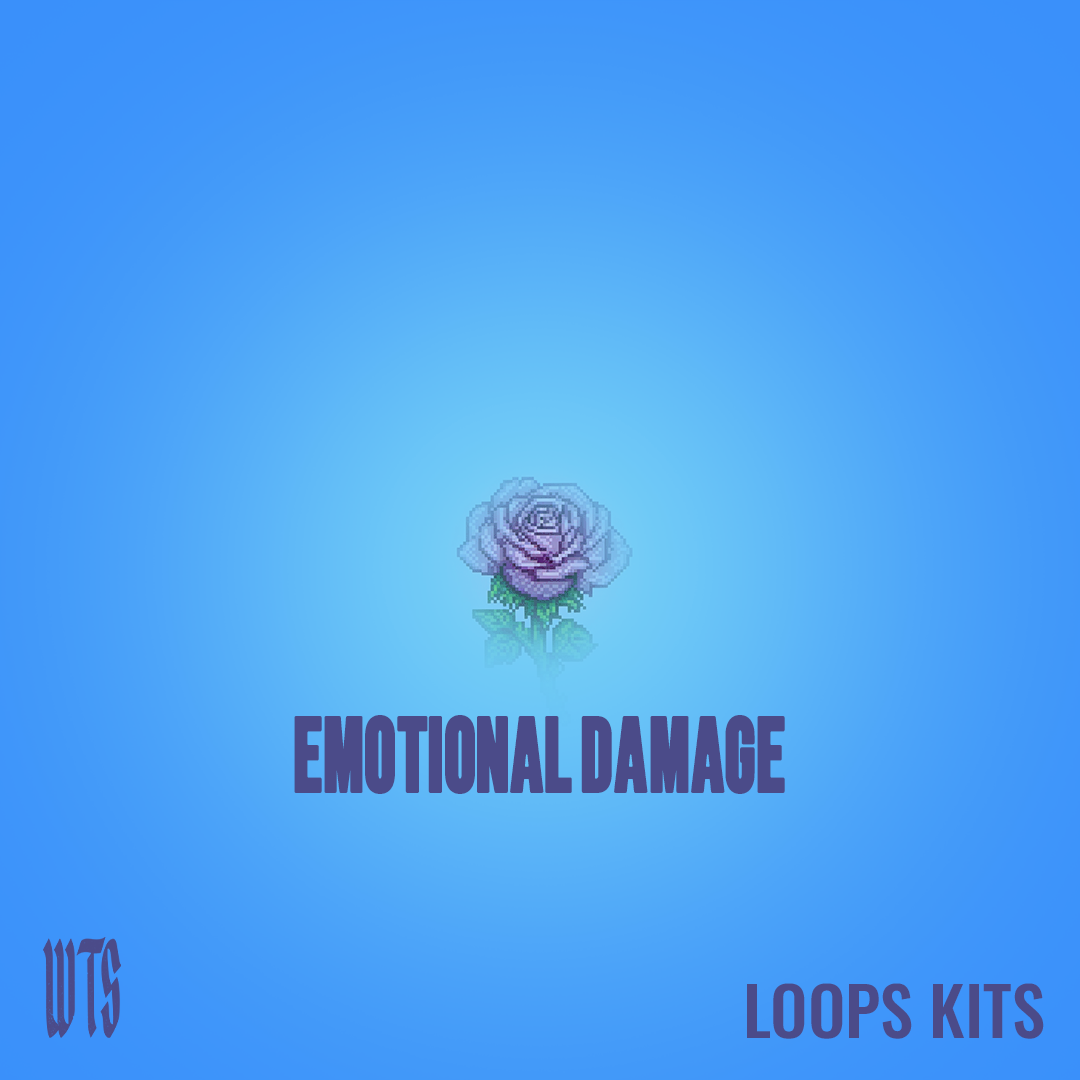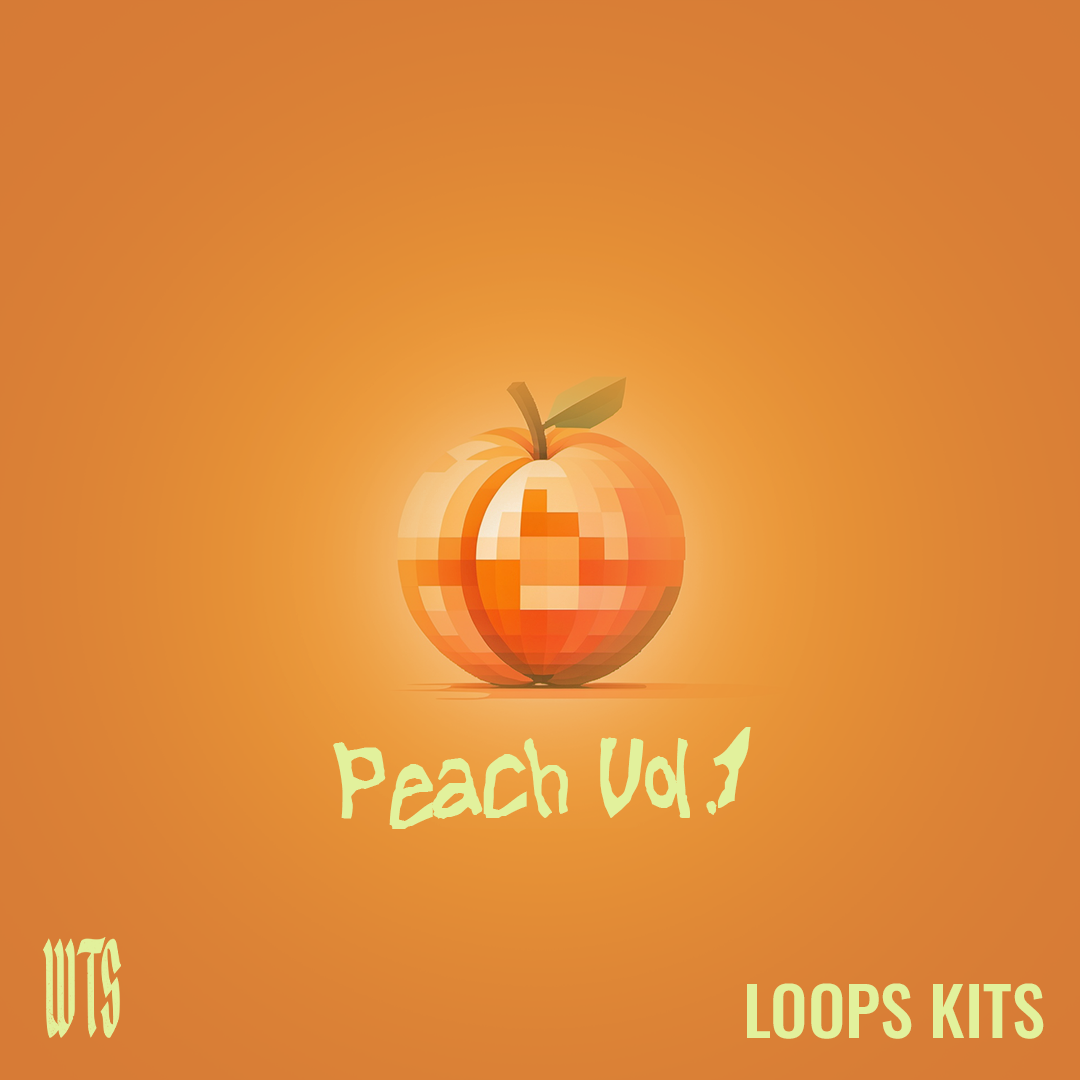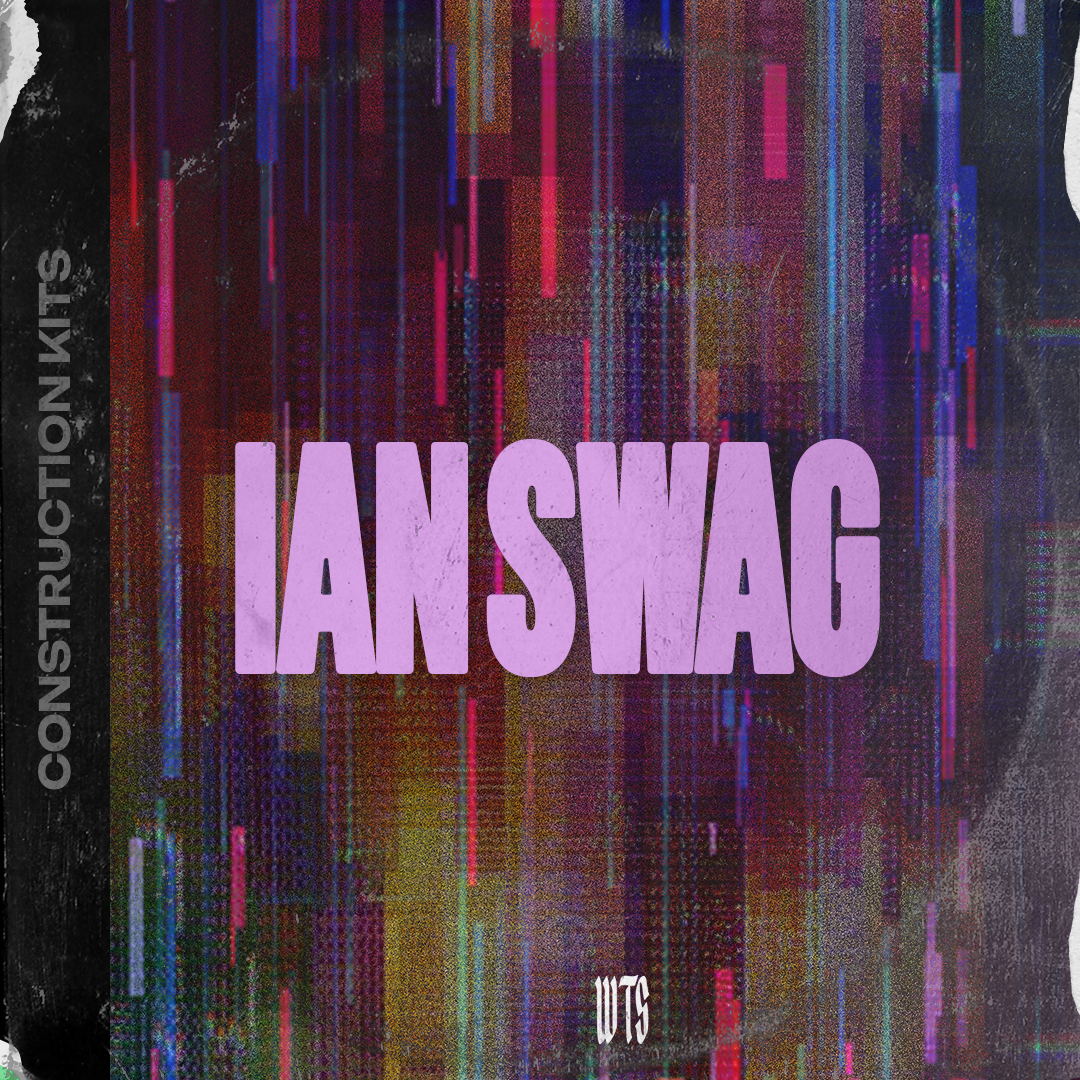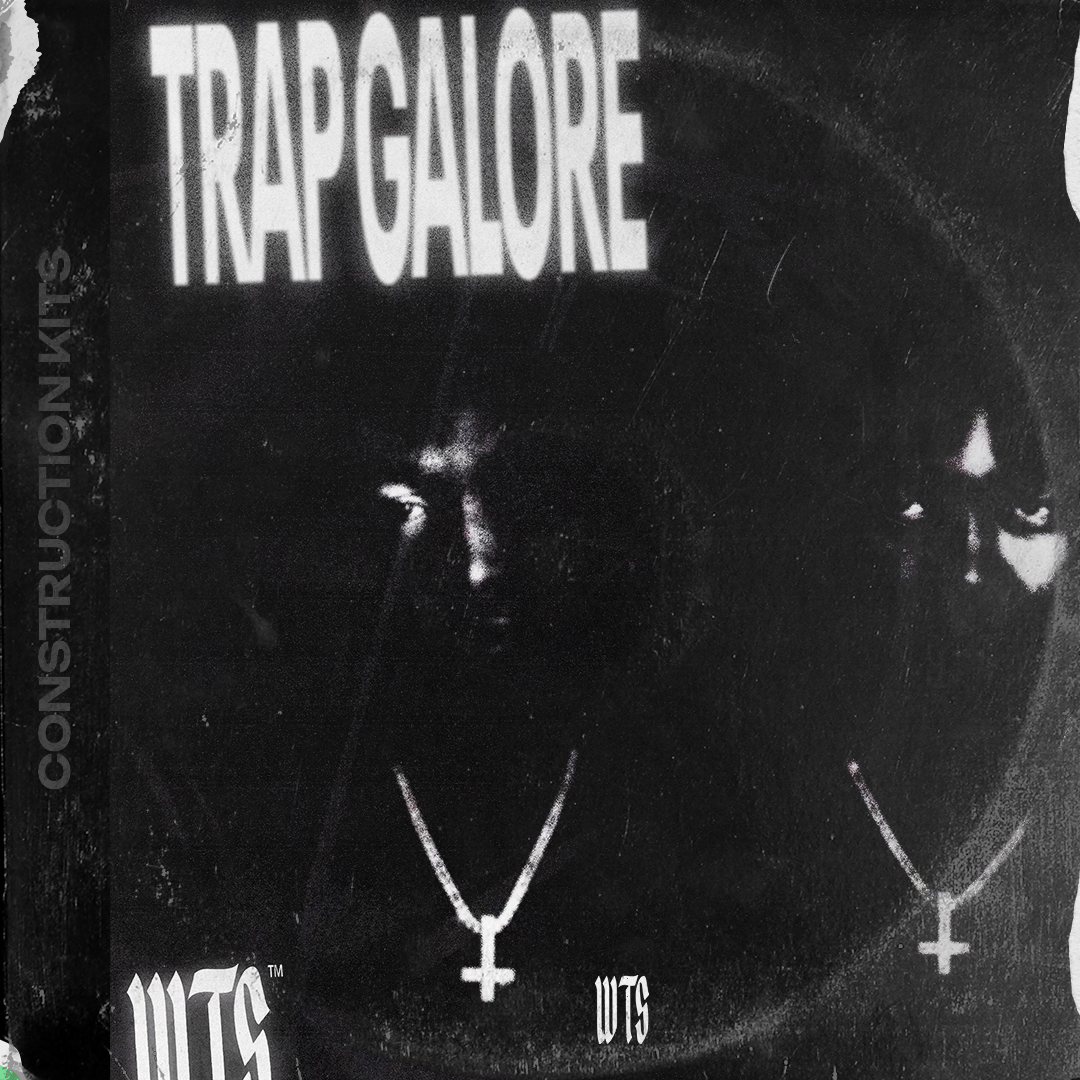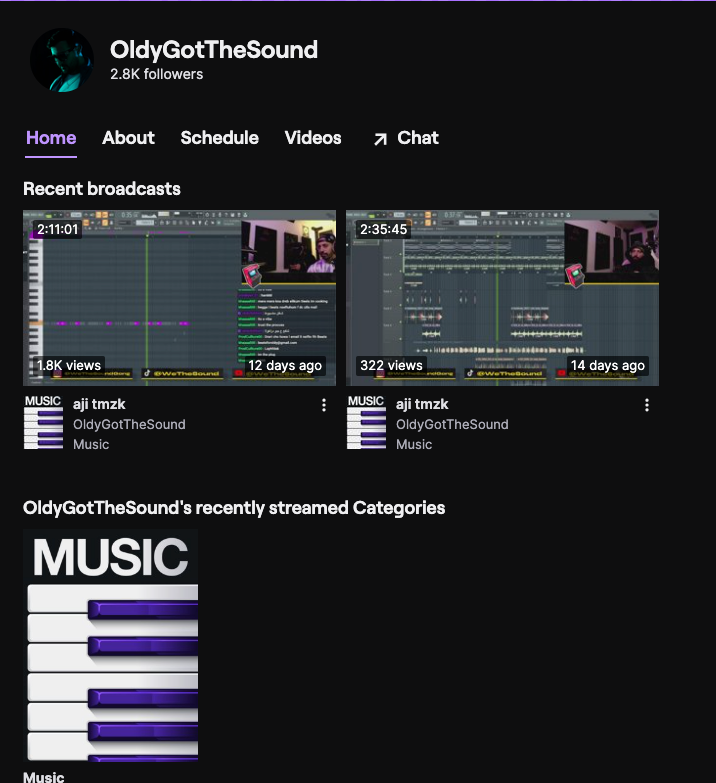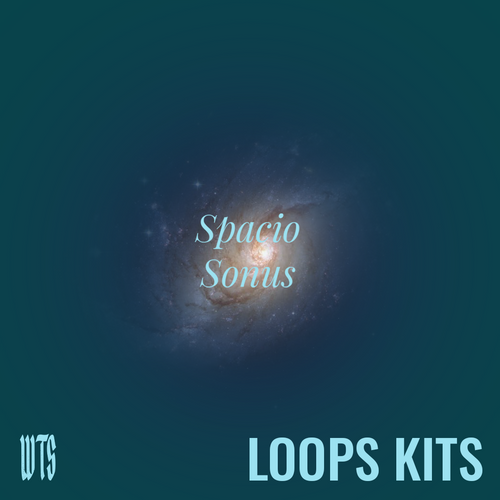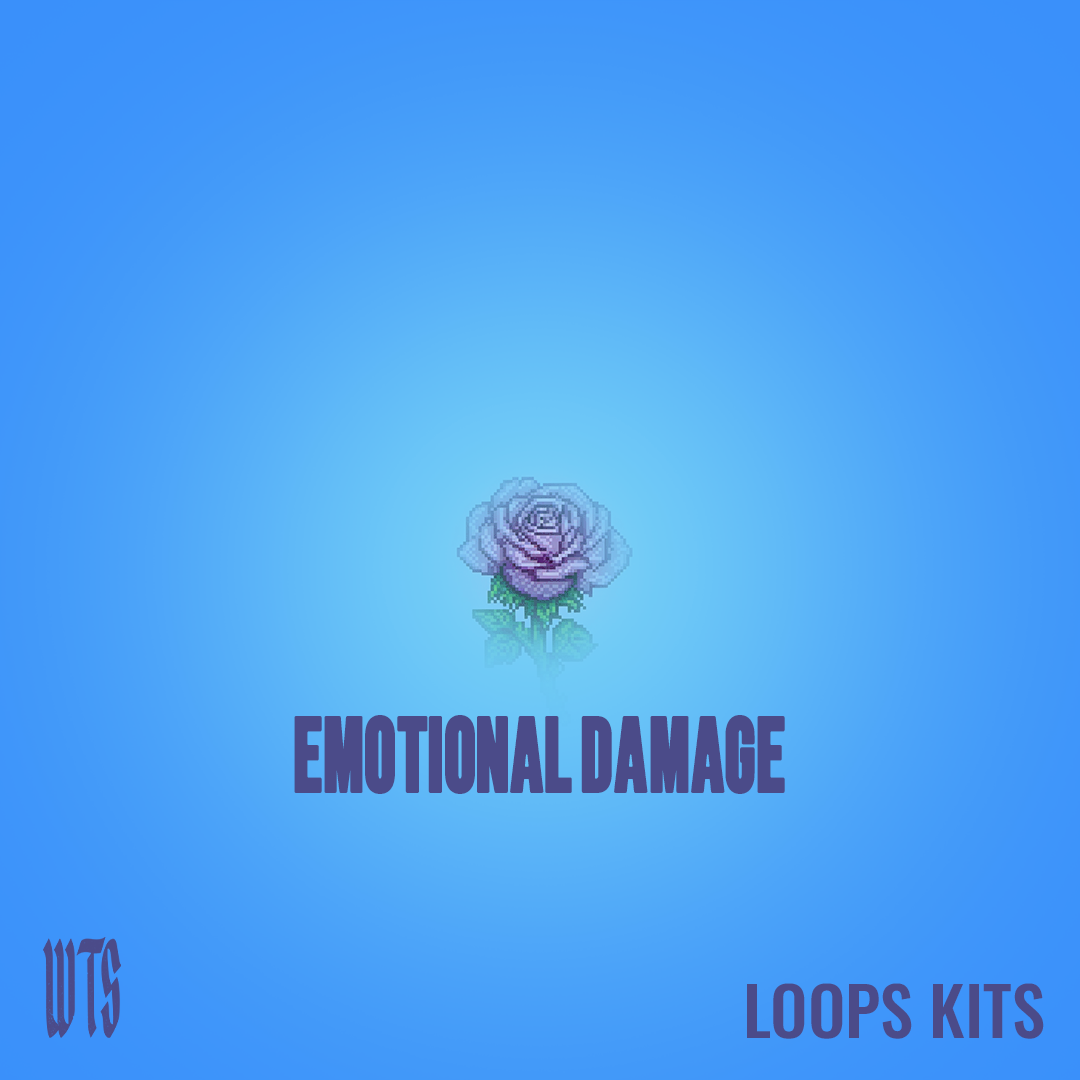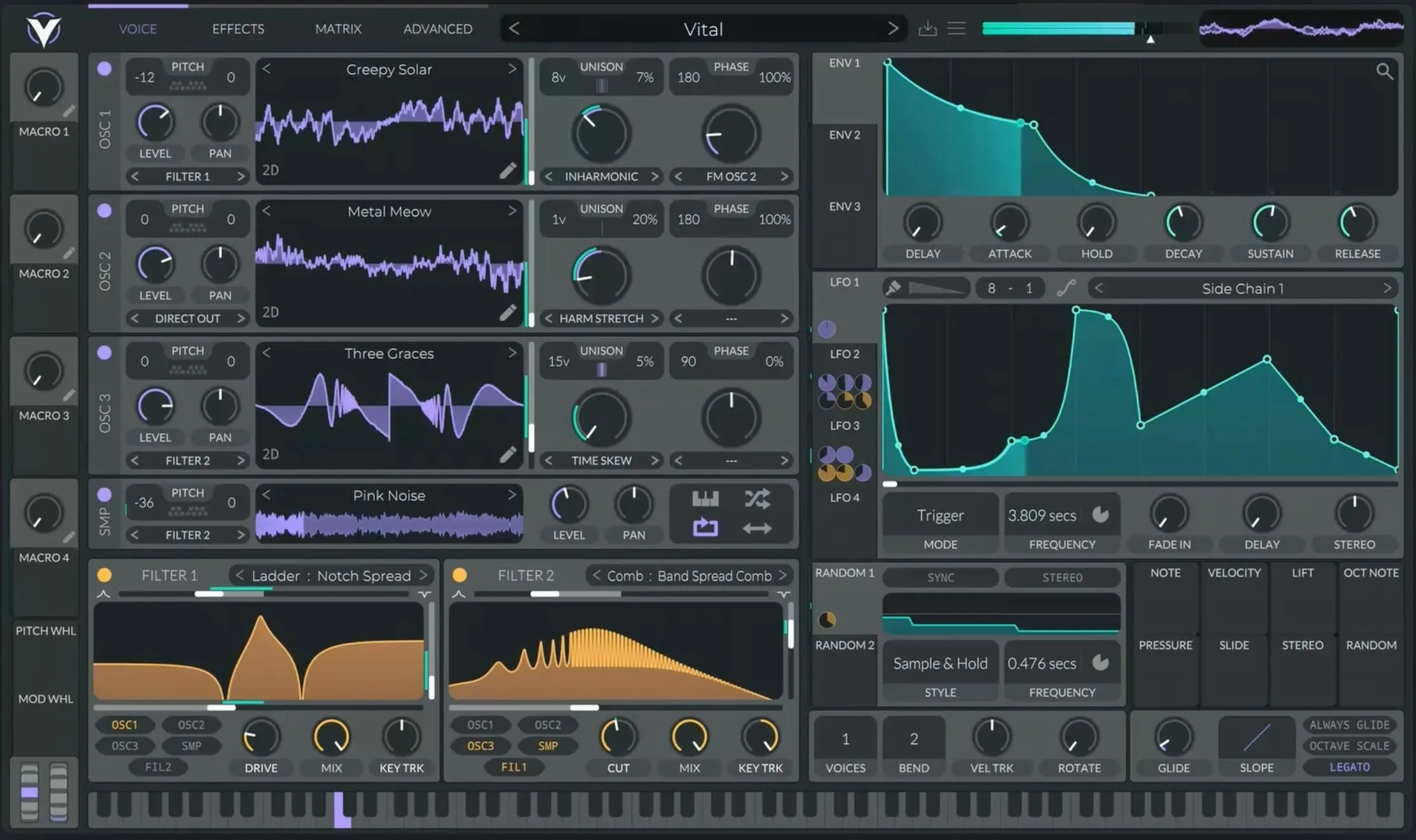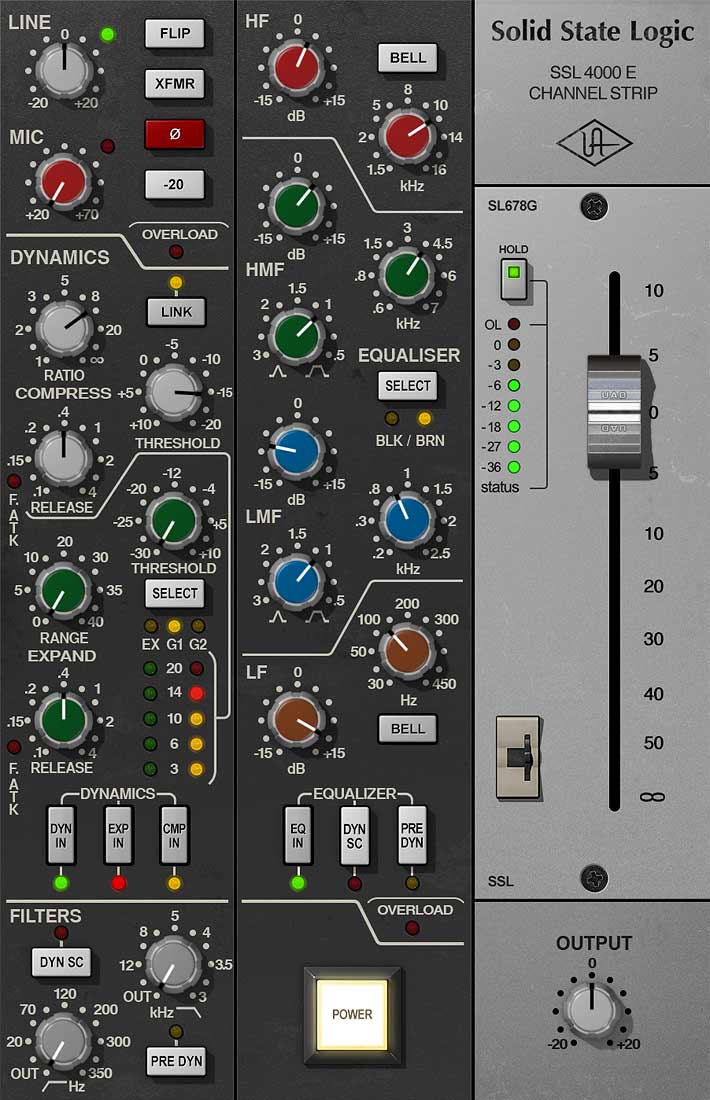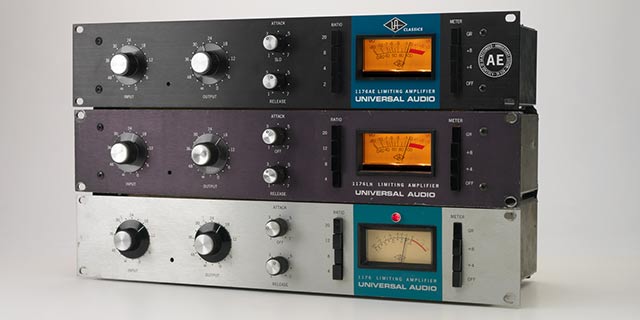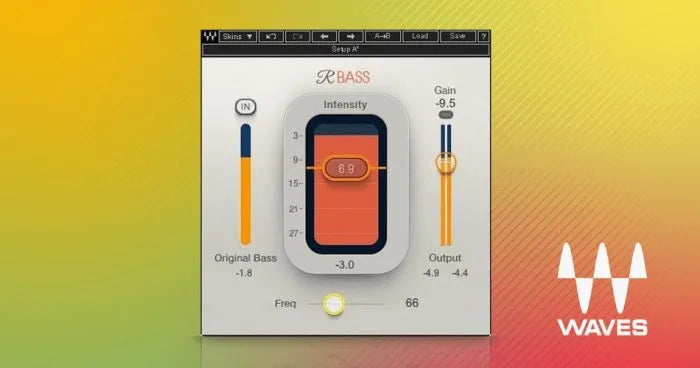
Transform Your Mix: The Ultimate RBass Guide.
The rBass Ultimate Guide: Subsonic Powerhouse with Waves Renaissance Bass

In the world of audio production, achieving that deep, chest-thumping low-end can be a constant pursuit. While traditional EQ and compression play a crucial role, sometimes you need a more specialized tool to truly sculpt and enhance those sub-frequencies. Enter rBass, a plugin by Waves that has become a staple for producers and engineers seeking to add weight and definition to their low-end.
Welcome to the rBass Ultimate Guide, your comprehensive resource for mastering this powerful psychoacoustic bass enhancer. Whether you're a seasoned veteran or just starting your journey in audio production, this guide will equip you with the knowledge and techniques to harness the full potential of rBass.
What Exactly is Waves Renaissance Bass? Defining the Psychoacoustic Advantage
Unlike traditional EQs that boost existing frequencies, rBass employs a clever trick of psychoacoustics. It doesn't simply amplify the existing low frequencies (which can often lead to muddiness and unwanted rumble). Instead, rBass generates a series of harmonics and overtones that are subtly added to the original signal.
The magic lies in how our brains perceive these harmonics. Even if your speakers or headphones can't reproduce the very lowest frequencies, our minds interpret these added harmonics as the presence of deep bass. This creates the illusion of a powerful sub-bass foundation without actually requiring those ultra-low frequencies to be present in the original signal. This makes rBass incredibly effective for improving bass perception even on smaller playback systems.
A Brief History and Context of Waves Renaissance Bass
Waves Audio has been a pioneer in the plugin industry for decades, and rBass is a testament to their innovative approach. Released as part of their acclaimed Renaissance series, rBass quickly gained popularity for its ability to effortlessly add weight and definition to bass elements. It became a go-to tool for achieving a modern, impactful low-end in various genres, from electronic music and hip-hop to rock and pop. Its user-friendly interface and powerful results solidified its place as an industry standard.
Why is Waves Renaissance Bass Important? The Advantages of Sub-Harmonic Enhancement
So, why choose rBass for your low-end needs? Here are some key advantages:
-
Deeper Perceived Bass: Adds significant weight and depth to your low-end, making it feel more powerful and engaging, even on systems with limited low-frequency reproduction.
-
Improved Translation: Helps your bass translate better across different playback systems, ensuring your low-end is present and impactful whether listening on headphones, laptop speakers, or a club sound system.
-
Clarity and Definition: By focusing on harmonic generation, rBass can actually clean up muddiness that might arise from simply boosting low frequencies with EQ.
-
Mix Enhancement: Can help glue the low-end of your mix together, creating a more cohesive and professional sound.
-
Creative Sound Design: Offers unique sonic possibilities for crafting interesting and unconventional bass textures.
-
Ease of Use: The straightforward interface makes rBass accessible to both beginners and experienced users.
-
CPU Efficiency: Generally light on CPU usage, allowing you to use it on multiple tracks without significant performance impact.
How Does Waves Renaissance Bass Work? Unpacking the Technology
The magic behind rBass lies in its specific algorithm for generating harmonics. It analyzes the incoming audio signal and identifies the fundamental frequencies of the bass content. Based on these fundamentals, rBass generates new harmonics, typically in the octave or two above the fundamental.
These newly generated harmonics are then carefully blended with the original signal. The key to the effectiveness of rBass is the precise control it offers over the intensity and frequency range of these generated harmonics. This allows you to subtly enhance the existing bass or create a completely new sub-bass presence where it might be lacking.
Navigating the Waves rBass Interface: A Control Breakdown
The interface of rBass is clean and intuitive, offering essential controls for shaping your low-end:
-
Frequency: This crucial knob determines the fundamental frequency range that rBass will analyze and use as the basis for generating harmonics. Setting this correctly is vital for targeting the desired bass frequencies.
-
Intensity: This knob controls the overall level of the generated harmonics. Turning it up increases the perceived depth and weight of the bass. Use it cautiously, as too much intensity can lead to an artificial or overbearing sound.
-
Drive: The Drive control adds saturation and harmonic distortion to the generated bass frequencies. This can be used to add warmth, grit, or aggression to your low-end.
-
Mix: This blends the processed signal (with generated harmonics) with the original dry signal. A setting of 100% means only the processed signal is heard, while 0% is the dry signal. This allows for subtle enhancements or more drastic transformations.
-
Output: This knob controls the overall output level of the plugin, allowing you to compensate for any gain changes introduced by the processing.
-
Meter: A helpful visual meter displays the output level of the plugin, allowing you to monitor for potential clipping.
Applications of Waves rBass: Where to Unleash the Sub-Sonic Power
rBass is a versatile tool with a wide range of applications:
-
Bass Instruments (Electric Bass, Synth Bass): The most obvious application, adding depth, punch, and sustain to your basslines.
-
Kick Drums: Adding weight and low-end thump to your kick drums, making them feel more impactful.
-
808s and Sub Bass: Enhancing the sub frequencies of 808s and other deep bass sounds, giving them more presence and power.
-
Drums (General): Subtly adding low-end weight to the overall drum kit, particularly useful for genres like rock and metal.
-
Vocals (Subtle Enhancement): In certain situations, a very subtle touch of rBass can add warmth and body to male vocals.
-
Mastering: Used sparingly in mastering to add a final touch of low-end fullness and cohesion to the entire track.
-
Sound Design: Experimenting with extreme settings can create unique and interesting low-frequency sound effects.
Getting Started with Waves rBass: Tips for Beginners
If you're new to rBass, here are some essential tips to get you started:
-
Start Subtly: Less is often more with rBass. Begin with low Intensity and Drive settings and gradually increase until you achieve the desired effect.
-
Focus on Frequency: Experiment with the Frequency knob to find the sweet spot for the specific instrument you're working with. Listen carefully to how different frequencies affect the overall sound.
-
Use Your Ears: Don't rely solely on your eyes. Trust your ears to judge whether the rBass is enhancing or muddying the sound.
-
Monitor on Multiple Systems: Check your mix on different headphones and speakers to ensure the rBass translates well across various playback scenarios.
-
Listen in Mono: Periodically check your mix in mono to ensure the rBass isn't causing any phasing issues or disappearing entirely.
-
Compare Before and After: Use the bypass button frequently to compare the processed signal with the original. This will help you make informed decisions about your settings.
-
Context is Key: Consider the overall mix when using rBass. What works well in isolation might not fit the context of the entire track.
Tips and Tricks for Mastering Waves rBass: Taking Your Low-End to the Next Level
Once you're comfortable with the basics, try these advanced techniques:
-
Sidechaining rBass: Sidechain the Intensity of rBass to your kick drum for a rhythmic pumping effect in the low-end.
-
Layering rBass: Use multiple instances of rBass with different Frequency settings to target specific areas of the low-end.
-
Combining with EQ: Use EQ before or after rBass to further shape and refine your low frequencies.
-
Experiment with Drive: Don't be afraid to push the Drive control to add character and aggression to your bass sounds.
-
Automation: Automate the Intensity or Frequency knobs to create dynamic shifts and movement in your basslines.
-
Subtle Mastering Enhancement: Use rBass very subtly on the master bus to add a touch of low-end glue and perceived depth to the entire track.
-
Parallel Processing: Send your bass signal to an auxiliary track and apply rBass aggressively on the aux, then blend it subtly with the original signal for a more controlled and impactful effect.
Waves rBass Compared to Other rBass Solutions
While there are other plugins that offer similar psychoacoustic bass enhancement, rBass stands out for its ease of use, effectiveness, and affordability. Compared to more complex subharmonic synthesizers, rBass offers a streamlined workflow for quickly achieving impactful low-end. Its long-standing reputation and industry adoption make it a reliable choice for producers of all levels.
Troubleshooting Common Waves rBass Issues
While generally straightforward, here are some common issues you might encounter and how to address them:
-
Muddy Low-End: Reduce the Intensity or adjust the Frequency to target a more specific range. Consider using EQ to clean up any unwanted low-frequency buildup.
-
Artificial Sound: Lower the Intensity and be mindful of the Drive setting. Subtlety is key to avoiding an unnatural sound.
-
Lack of Clarity: Ensure the Frequency is set appropriately for the instrument. Try using EQ to carve out space for the generated harmonics.
-
Overpowering Bass: Reduce the Output level or adjust the Mix knob to blend the processed signal more subtly.
-
Phase Issues: If you notice phasing issues, especially in mono, try adjusting the Frequency slightly or consider using a different approach to low-end enhancement.
The Future of Waves rBass: Continued Refinement and Innovation
As technology evolves, we can expect Waves to continue refining rBass and potentially introduce new features or updates. The core principles of psychoacoustic bass enhancement remain relevant, and rBass will likely continue to be a valuable tool in the audio production landscape for years to come.
